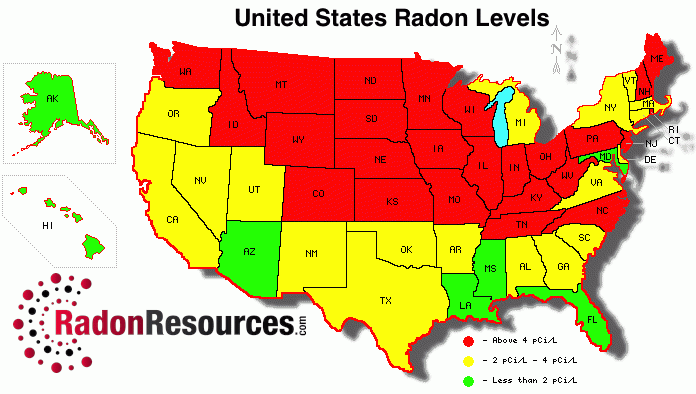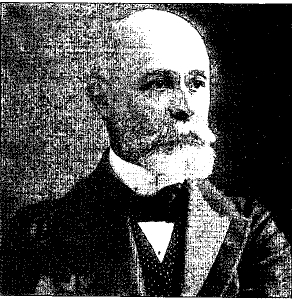Radiation Protection
Is radon really bad for you?
Breathing radon over time increases your risk of lung cancer. Radon is the second leading cause of lung cancer in the United States. Nationally, the EPA estimates that about 21,000 people die each year from radon-related lung cancer. Only smoking causes more lung cancer deaths.
If you can keep your interior radon degrees at 2 pCi/L or lower, you'll deal with very low boosted risk of establishing lung cancer cells due to radon. Just 2 non-smokers out of 1,000 will certainly create lung cancer especially due to the direct exposure when you get to the 1.3 pCi/L level that is typical for interior air.
The systems can also stay out other soil gases like, methane, trichloroethylene, chlorine, negative smells as well as water vapors. Having a residence with a radon mitigation system in place and keeping the levels reduced will certainly help reduce lung cancer threat. There is anxiety circulating about the risk of lung cancer cells as a result of breathed in radon gas, as an outcome of the extensive publicity given to researches that link lung cancer cells occurrence to radon focus making use of a "direct no-threshold" (LNT) version. This design which numerous researchers claim is unjustified and also should be junked predicts a disconcerting excess of cancers, also at reduced radon degrees.
Is radon mitigation really necessary?
When radon gas enters the body, it exposes the lungs to small amounts of radiation. In small quantities, experts say this is harmless. However, in persistent exposures or larger quantities, radon can damage the cells of the lining of the lungs, increasing a person's chance of developing lung cancer.
We walk outdoors and work in the sunlight, exposing ourselves to ultraviolet radiation as well as enhancing our risk of creating skin cancer. We drive in vehicles almost every day despite the fact that above 1 in 86 fatalities is an outcome of automobile crashes. Individuals smoke, eat poorly, and also participate in hazardous actions daily. To some extent, radon gas is another day-to-day risk that most of us should take.

- Your risk of lung cancer cells boosts significantly with direct exposure to higher radon degrees.
- Lung cancer cells risk increases 16% per 2.7 pCi/L boost in radon exposure.
- Radon gas is a naturally-occurring by-product of the radioactive degeneration of Uranium in the soil.
- Relying on your geographic place, the radon degrees of the air you take a breath beyond your house may be as high as 0.75 pCi/L.
- The United States EPA has placed it simply, stating, "Any radon direct exposure has some danger of creating lung cancer.
How do you eliminate radon?
Possible symptoms include shortness of breath (difficulty breathing), a new or worsening cough, pain or tightness in the chest, hoarseness, or trouble swallowing. https://emiliommpe101.shutterfly.com/44 If you smoke and you know you've been exposed to high levels of radon, it's very important to quit smoking.
If they are revealed to radon, individuals who smoke or used to smoke have an also better opportunity of establishing lung cancer cells. When you consider pollution, you may just consider what you're revealed to outdoors. However indoor air quality in your home issues, also, as well as it can be majorly impacted by the presence of a radioactive gas called radon. This gas can build up to harmful levels and increase your danger for establishing lung cancer-- also if you don't smoke, according to the American Lung Association.
How dangerous is radon gas?
What are the symptoms of radon in your home?
If a person has been exposed to radon, 75 percent of the radon progeny in lungs will become "harmless" lead particles after 44 years. When an alpha particle damages a cell to make it cancerous, the onset of lung cancer takes a minimum of 5 years but most often 15 to 25 years, and even longer.
In a house with forced air cooling and heating, radon gas can conveniently be distributed throughout the whole home. When radon gas is released through a radon mitigation system above the roofing, the radon concentration diminishes significantly with range from the point of discharge. In fact, the radon gas focus comes close to history degrees at 3-4 feet from the discharge factor.
How long does it take for radon to cause cancer?

Fact: You will reduce your risk of lung cancer when you reduce radon levels, even if you've lived with an elevated radon level for a long time. Keep in mind that radon levels below 4 pCi/L still pose some risk and that radon levels can be reduced to 2 pCi/L or below in most homes.